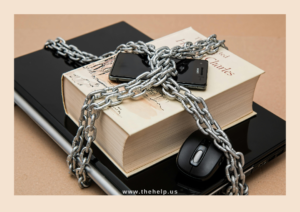
Everyone has days when motivation is nowhere to be found, even with goals staring us in the face. So, what can we do when our enthusiasm is on vacation, but our deadlines aren’t? Here’s a little guide to help you pull out of the slump and keep going strong.
1. Set Mini-Goals and Celebrate Small Wins
Setting a big goal can be inspiring at first, but it can also become overwhelming. The trick? Break it down! Focus on bite-sized tasks that feel doable. Instead of “finish the whole project,” try something like “outline my first two steps.” Then, once you check that off, give yourself a tiny celebration. Rewarding yourself along the way—whether it’s a snack break, a mini dance party, or five minutes of TikTok—gives you something to look forward to.
2. Visualize the Endgame
Remind yourself of the bigger picture. Why did you set this goal in the first place? Visualizing the end result can recharge your motivation. Imagine yourself crossing that finish line, how you’ll feel, and how proud future-you will be. Sometimes a little mental peek into the future can give you just the boost you need to keep grinding in the present.
3. Create a Routine (and Stick to It)
Motivation is great, but it’s a fickle friend. To make life easier, build a routine that keeps you on track even when motivation is low. If you can manage to make certain tasks a part of your daily routine, they become habits—and habits are much easier to keep up with than relying on fleeting motivation.
4. Connect with Supportive People
If you’re feeling low on drive, consider reaching out to people who believe in you. Whether it’s friends, family, or colleagues, having a quick pep talk or brainstorming session can really lift you up. And hey, if you have a buddy who’s also working toward a goal, you can keep each other accountable. There’s something about shared struggles that makes the journey feel a little lighter.
5. Remember: Progress Over Perfection
Perfectionism can be a major motivation killer. If you’re hung up on getting everything just right, you’ll find it harder to stay motivated. Instead, focus on progress. Remind yourself that doing something is better than doing nothing at all. That little shift in mindset can turn “I’m not doing enough” into “I’m moving forward,” which is way more motivating.
6. Take Breaks and Recharge
Burnout is real, and sometimes the best way to stay motivated is actually to take a step back. Short breaks during work can help recharge your mind and prevent exhaustion. Even a five-minute break to stretch or take a quick walk can make a big difference in keeping your energy up. Remember: resting isn’t quitting.
7. Track Your Progress
Sometimes we forget how far we’ve come! Keep a record of your progress, whether it’s through a journal, an app, or just a list of completed tasks. Looking back on your achievements can remind you that you’re capable and that all the effort you’re putting in is adding up.
In the end, staying motivated is all about keeping things simple, celebrating small victories, and being kind to yourself along the way. You’ve got this! Keep pushing forward, one step at a time, and don’t be afraid to lean on your own progress as proof that you’re doing great.
Remember to work smart and be a blessing to someone today. Stay safe and healthy!



